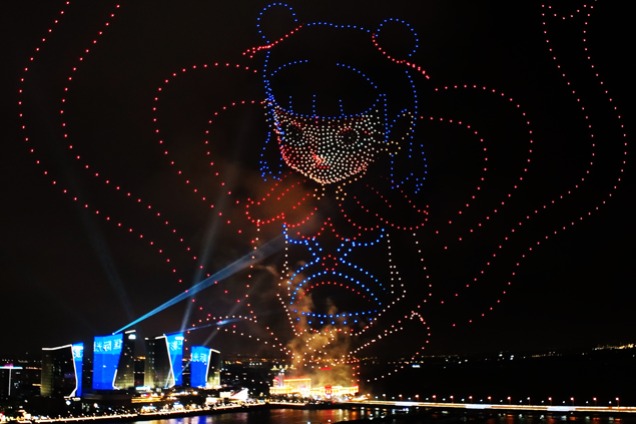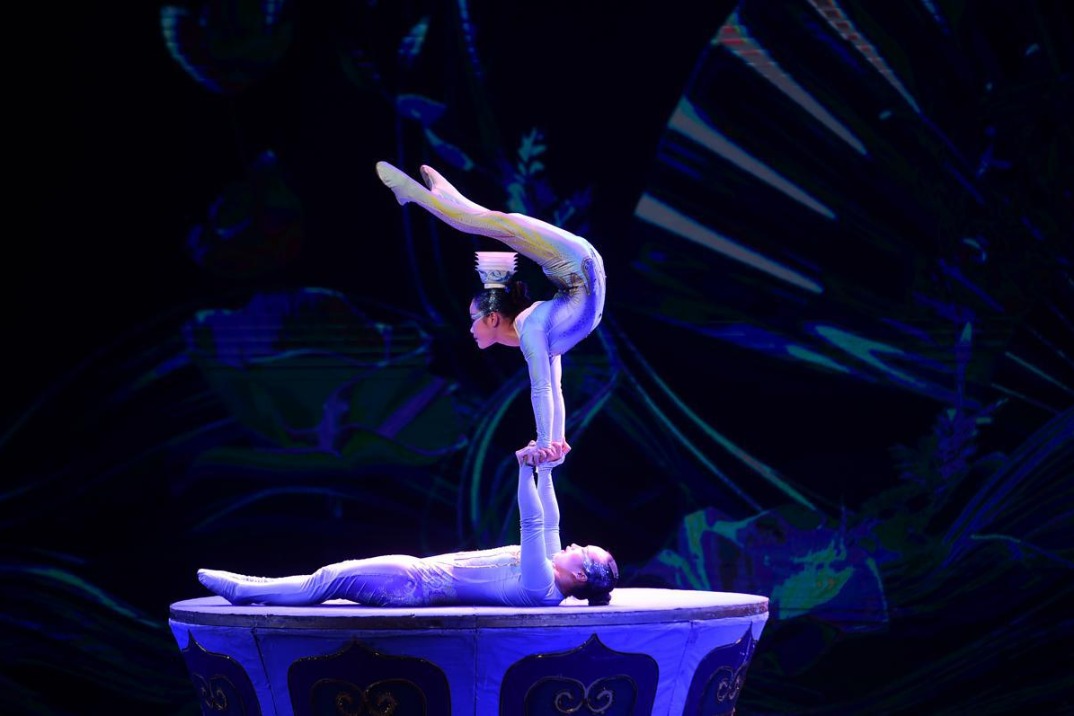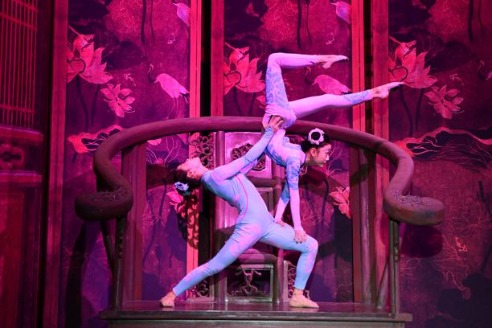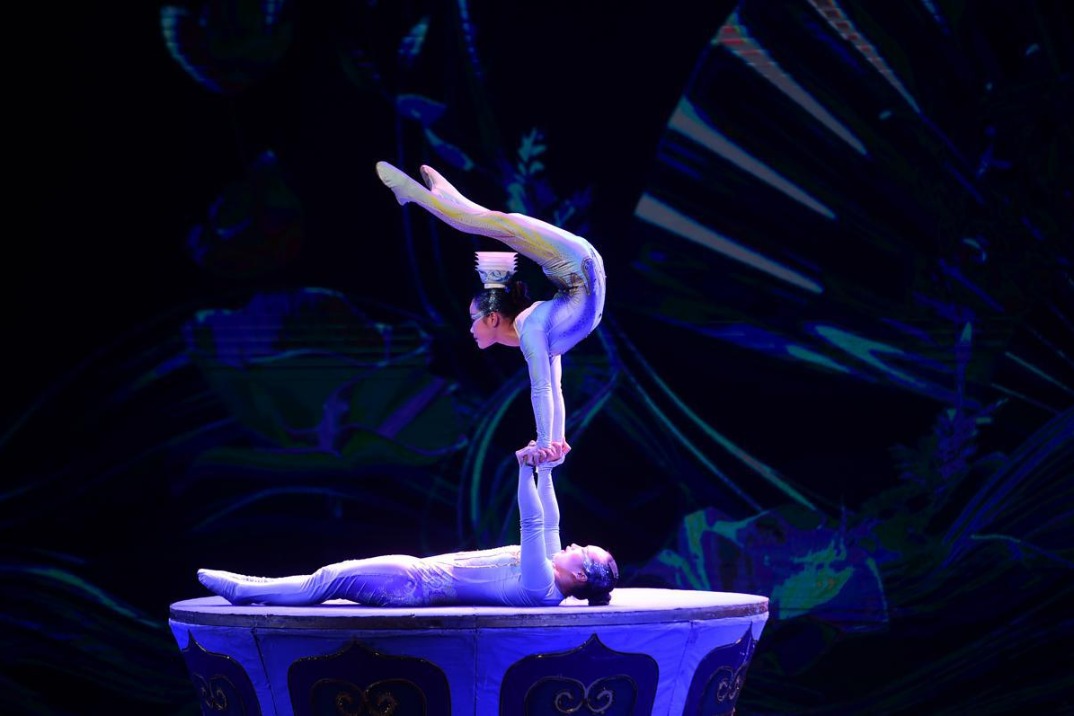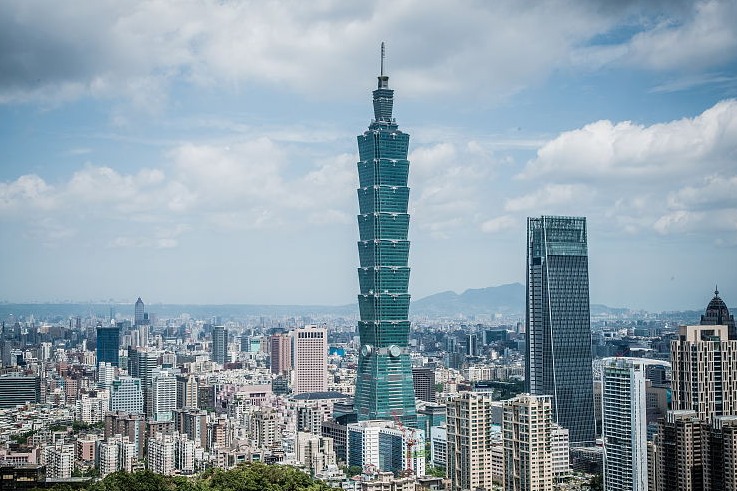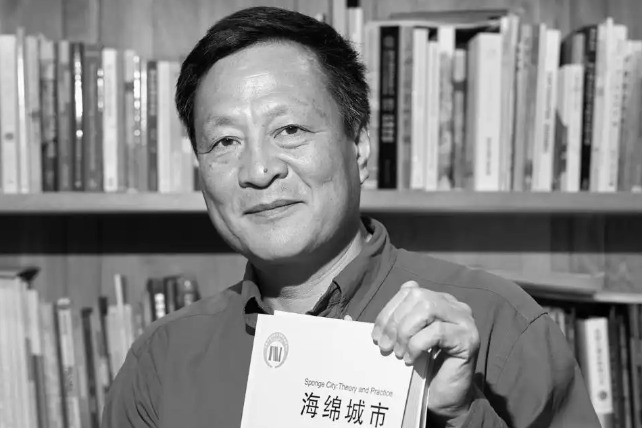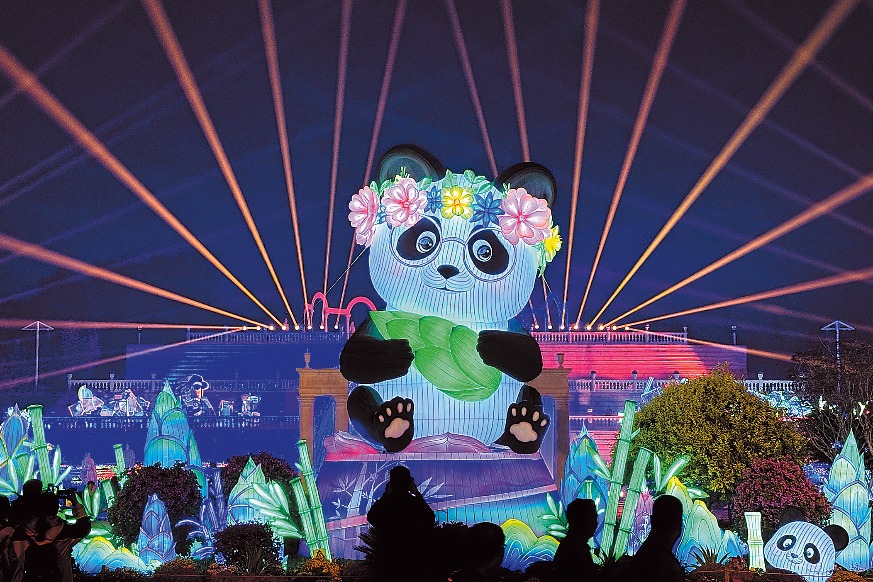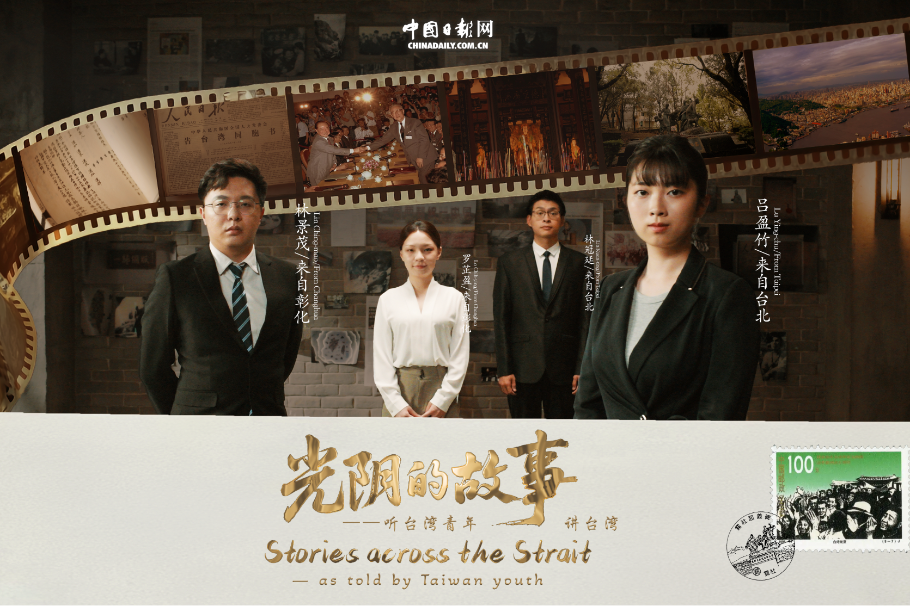Xi'an Metro's unique exit design sparks debate: crown or coffin

Xi'an Metro's new line exits, which some online comments had likened to coffins, were actually inspired by the design of an imperial crown, according to inspectors, addressing the recent criticism.
Xi'an, the capital of Shaanxi province, is preparing to launch the third phase of its Metro Line 1 later this year, connecting Xi'an with its neighboring city, Xianyang, over a 10.8-kilometer route. With most of the construction work now complete, images of the station exits have surfaced online as enclosing fences were removed.
In these online images, the station exits are adorned with a black roof extending over the entrances, curving upwards. Beneath this roof, a red lintel bears the station's name in white characters, with a distinctive cloud pattern on the sides.
Some netizens had criticized the design, likening it to a Chinese-style coffin. One netizen questioned, "Has the designer considered how people might feel passing through such a gate resembling a coffin when going underground?"
The Xianyang bureau of natural resources, responsible for inspecting the station designs, clarified to Jimu News in Hubei province on Monday that the exit design drew inspiration from the style of the Qin Dynasty (221-206 BC), specifically the imperial crown of Qinshihuang, the first emperor of China.
Supporters of the design argued that it was a meaningful way to showcase the city's history, as Xianyang served as the capital during the Qin Dynasty. "Black was highly regarded during the Qin Dynasty, while red was celebrated in the early Han Dynasty (206 BC-AD 220). Integrating elements from these eras was a thoughtful design, and labeling it 'coffin-like' only reflects a lack of understanding," one comment stated.
Xi'an Metro had conducted a public vote on the exit design in 2021 via WeChat social media. One of the two proposals presented bore a resemblance to the final construction, although it was not disclosed whether this proposal was ultimately selected. The proposal stated that it drew inspiration from Qin elements, including cloud patterns, birds, the imperial crown, and its tassels.
- World's first in-situ diameter-adjustable tunnel boring machine rolled out
- A date with Shandong: Adventures in Confucius' hometown
- Avatar meets reality
- Drone show lights up night sky with characters from classic Chinese film
- Shanghai police crack down on illegal drones
- Liu Haixing named head of International Department
















